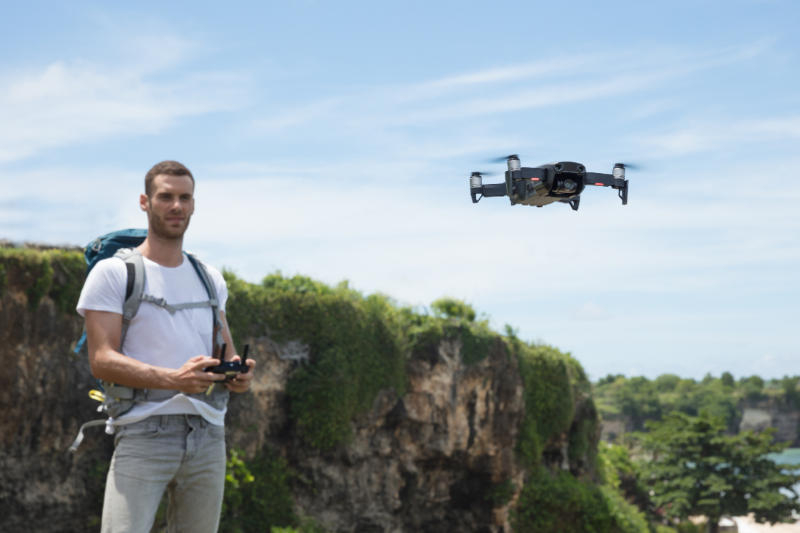DJI has allowed its drones to fly over airports, wildfires and the White House


DJI has not allowed its drones to fly over restricted areas for over a decade. The software blocked flights near runways, natural disaster sites including wildfires, and over military and government installations, including the White House. Now the Chinese manufacturer has suddenly decided to lift these restrictions.


Image source: dji.com
The company took this measure despite the surge in mistrust of American authorities towards Chinese drones and the recent incident with a DJI UAV while fighting a forest fire in Los Angeles. The manufacturer refused to enforce “no-fly zones”, offering only to display a warning about entering it on the control panel screen – now device owners will only be restrained by common sense and fear of punishment from the authorities. DJI itself characterizes its initiative as “putting control back into the hands of drone operators.” The authorities will have to independently enforce the law using Remote ID technology – a public broadcast of the location of the drone and its operator during flight.
Last week, it became known about an incident with a Super Scooper aircraft, which was used to fight forest fires in Los Angeles, but was damaged as a result of a collision with a DJI drone – it turned out to be a model weighing less than 250 g, which does not require Remote ID to operate. and the FBI will have to identify the culprit of the incident. The manufacturer voluntarily introduced restrictions on UAV flights, but the American authorities, it seems, did not appreciate this: their rhetoric towards the Chinese company is becoming increasingly harsh, and a scenario with a ban on the import of its products into the country is no longer ruled out. The Federal Aviation Administration (FAA) confirmed that the agency does not require manufacturers to limit UAV flight zones.
«Over the past years, there has been significant evidence that automatic geofencing of drones, implemented using a threat-based approach, has made a significant contribution to flight safety,” former DJI global policy chief Brendan Schulman wrote on Social Media X. With the next update to the DJI Fly and DJI Pilot apps, areas previously designated as “Restricted Zones” or “No-Fly Zones” will be displayed as “Enhanced Warning Zones” and DJI will no longer determine their list independently – they will be formed on the basis of the FAA database.
Recent Posts
Nissan Leaf EV to Become NACS-Ported Compact Crossover in Third Generation
Nissan Leaf can rightfully be considered a long-liver of the electric car market, since the…
OpenAI expects to more than triple its revenue this year and then double it next year.
OpenAI, the market leader in generative artificial intelligence systems, remains nominally a startup, its financial…
OpenAI Decides to Hold 4o Image Generation Launch for Free Users
OpenAI has been forced to delay the release of ChatGPT's built-in image generator for free…
1440p and 240Hz for just $200: Xiaomi updates the 27-inch Redmi G27Q gaming monitor
Xiaomi continues to update its Redmi G27Q gaming monitor every year. The model was first…
Beware, Android is shutting down: OS development will cease to be public, but there is no reason to panic
Android device makers can significantly customize the look and feel of the operating system, but…
Fake GeForce RTX 4090s with RTX 3090 chips have started popping up in China — craftsmen are even changing the GPU markings
In China, scammers have started selling GeForce RTX 3090 graphics cards, passing them off as…